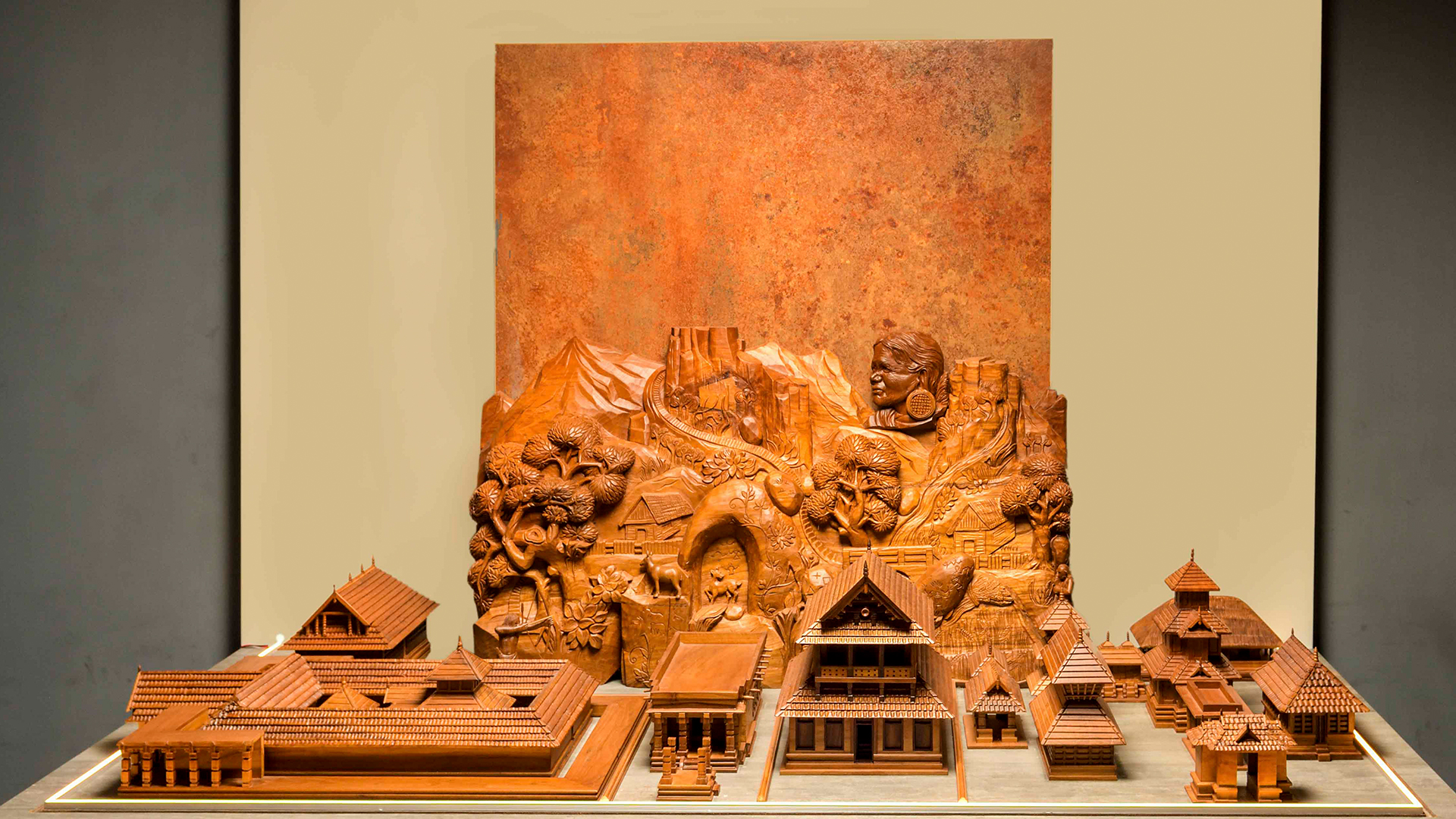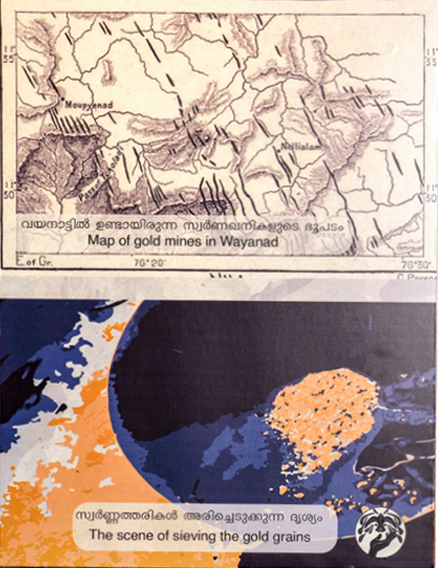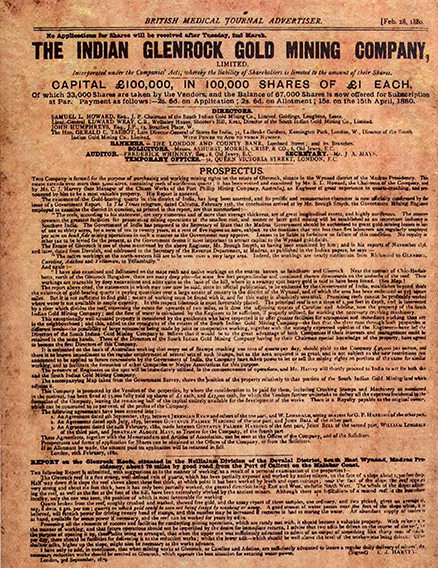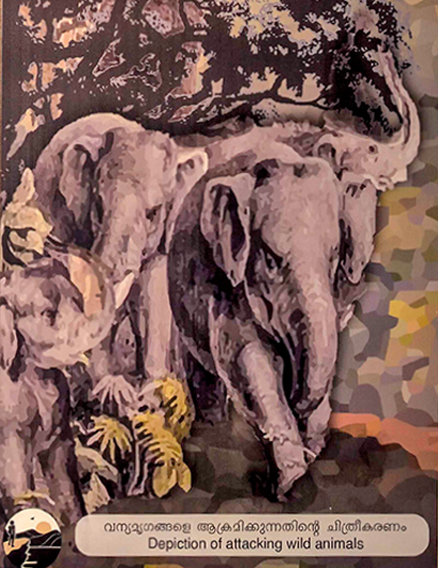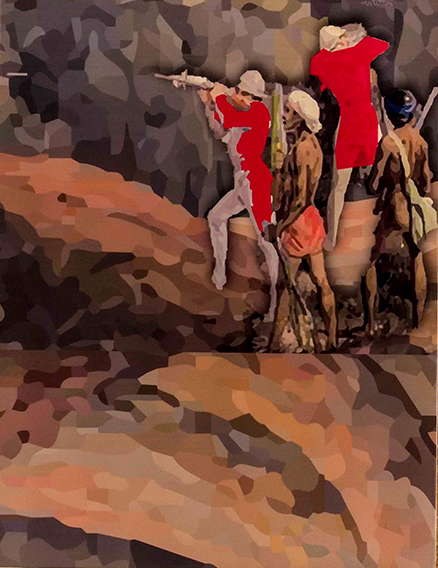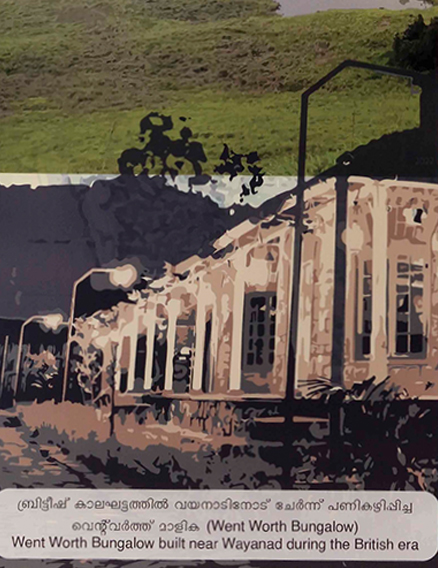- kunkichiramuseumwayanad@gmail.com
- Kunhome, Thondernad, Wayanad
Gold Rush
After the discovery of gold deposits in the hills of Nilambur – Wayanad region, gold mining took place on a large Scale during the British period. In the 1850s, 41 companies registerer in England engaged in gold mining here. Operations stopped when the target amount of gold was not obtained. Those areas later evolved into plantation areas.
British Invasion
The life of people in Wayanad during the colonial period was difficult. The tribals and the common people were subjected to severe land taxation and exploitation.
Kerala VarmaPazhassi Raja joined his Nair soldiers and tribal warriors to fight against the British East Company. During his guerilla warfare, the company army was under siege.
Wayanad witnessed the Kurichya – kuruma riots. Pazhassi Raja died a heroic death on November 30, 1805 at the end of the fighting. Company troops suppressed thr riots. Strict restrictions were imposed against the tribal people.
Wayanad in Colonial Period
Land ownership belonged to lanadlords (Naduvazhis) and their subordinates. Malabar was transferred from Bombay Province to Madras Province on 20th May 1800. At the time of land tax assessment in 1806, Wayanad Division had 13 divisions namely, Periya, Edavaka, Nallurnad, Ellurnad, Kuppathode, Poothadi, Ganapathivattam, Edanasadshukur and Mupainad. Even after India’s independence in 1947, Malabar remained as a part of madras.
